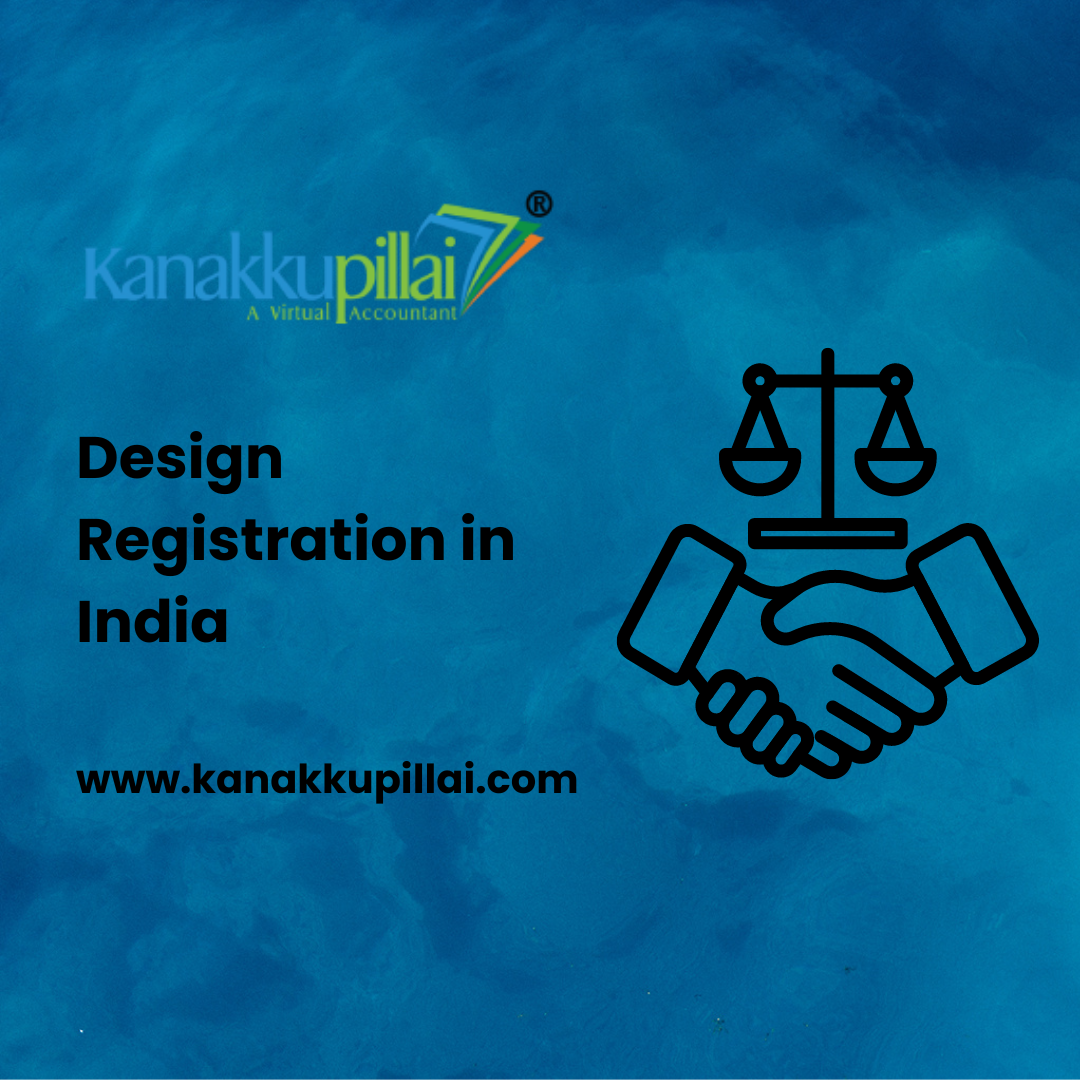Design Registration: Protecting the Aesthetic Value of Innovations
In the world of intellectual property, design registration plays a crucial role in protecting products' unique appearance. While patents protect an invention's functional aspects, design registration safeguards the aesthetic elements that make a product visually appealing and distinctive. This article explores the significance of design registration, its benefits, process, and critical application considerations.
What is Design Registration?
Design registration is a legal mechanism that grants exclusive rights to the visual design of objects that are not purely utilitarian. It covers the shape, configuration, pattern, or ornamentation applied to an article, provided these features are new and original. The aim is to protect the external appearance that gives a product its unique look, which can be a crucial factor in its market success.
Benefits of Design Registration
1. Exclusive Rights: The owner of a design registered gains exclusive rights to use, produce, and sell the design. This exclusivity helps prevent unauthorized copying or imitation by competitors.
2. Competitive Edge: A registered design can be a significant competitive advantage, allowing the owner to capitalize on its unique appeal and differentiate their products.
3. Legal Protection: Design registration provides a legal framework to enforce rights against infringers. It can include legal action to stop infringing on product sales and damages claims.
4. Marketability: Registered designs can enhance the marketability of products by assuring consumers of the product's originality and quality. It also adds value to the business by creating intellectual property assets.
5. Licensing Opportunities: The owner can license the registered design to others, creating additional revenue streams without relinquishing ownership.
The Design Registration Process
1. Eligibility Criteria: A design must be new and original to be eligible for registration. It should have been kept from the public before the application's filing or priority date.
2. Application Preparation: The application should include detailed representations of the design, such as drawings, photographs, or digital images, that depict the features for which protection is sought.
3. Filing the Application: The application is filed with the relevant intellectual property office, which may vary by jurisdiction. For example, applications are filed with the United States Patent and Trademark Office (USPTO) in the United States. In contrast, in the European Union, they are filed with the European Union Intellectual Property Office (EUIPO).
4. Examination: The application undergoes an examination process to meet the formal requirements and eligibility criteria. This process may involve searching for prior designs to assess novelty.
5. Registration and Publication: If the application is approved, the design is registered and published in the official register. The registration typically lasts for an initial period, which can often be renewed.
6. Renewal: Design registrations are usually valid for a limited period, commonly up to 15-25 years, depending on the jurisdiction. To maintain protection, the registration must be renewed periodically.
Conclusion
Design registration is vital for protecting products' aesthetics, ensuring that creators and businesses can safeguard their unique designs from imitation and unauthorized use. By understanding the benefits, processes, and critical considerations, innovators can leverage design registration effectively to enhance their market position and secure creative investments.





Comments